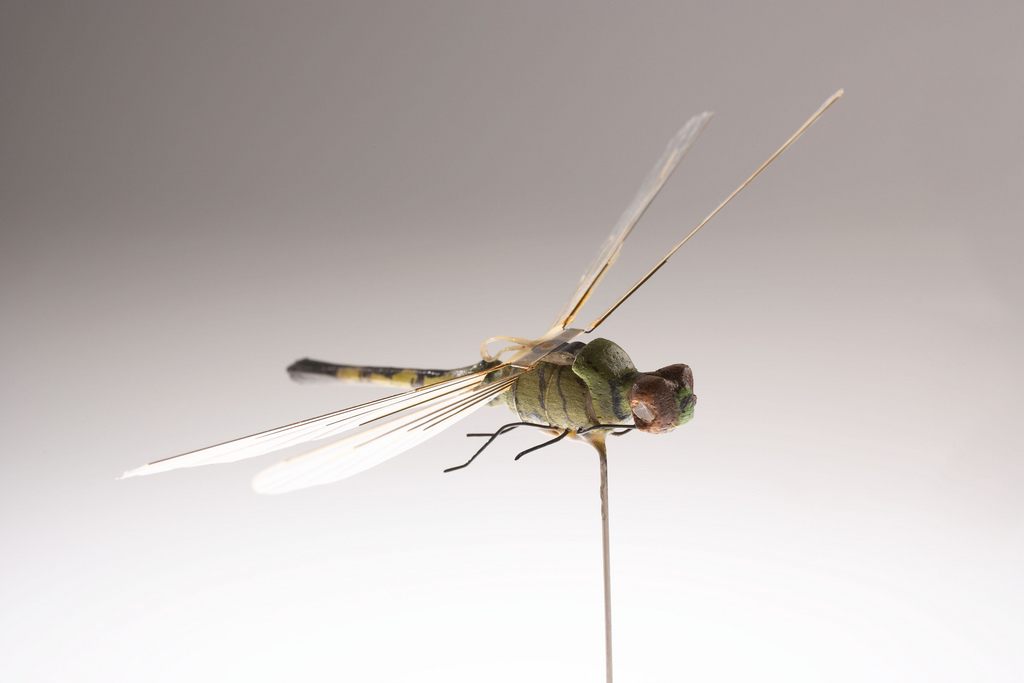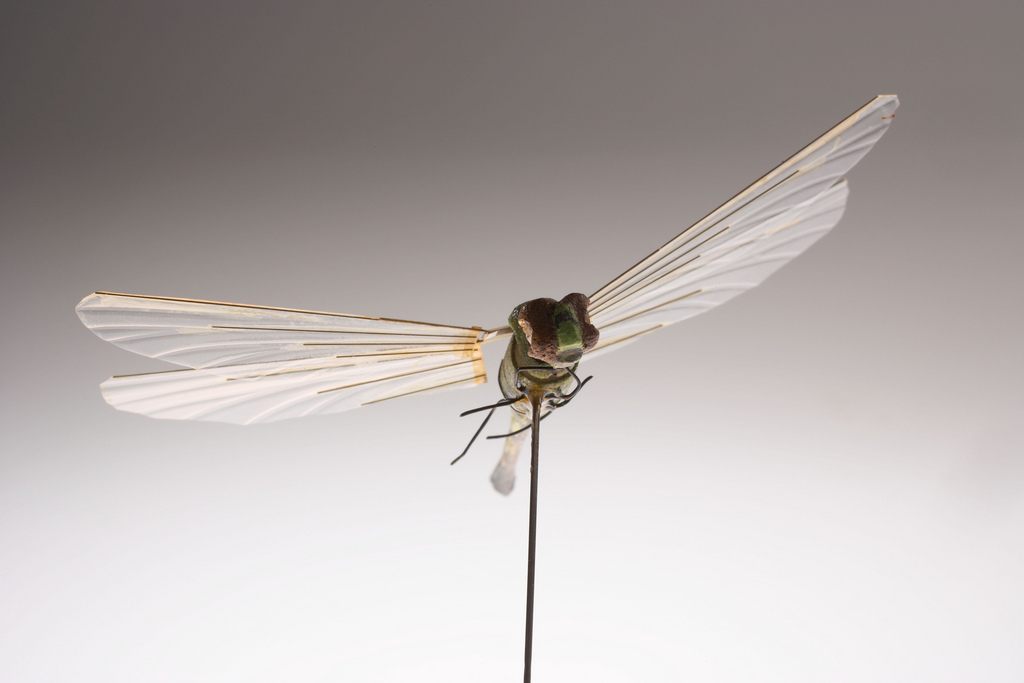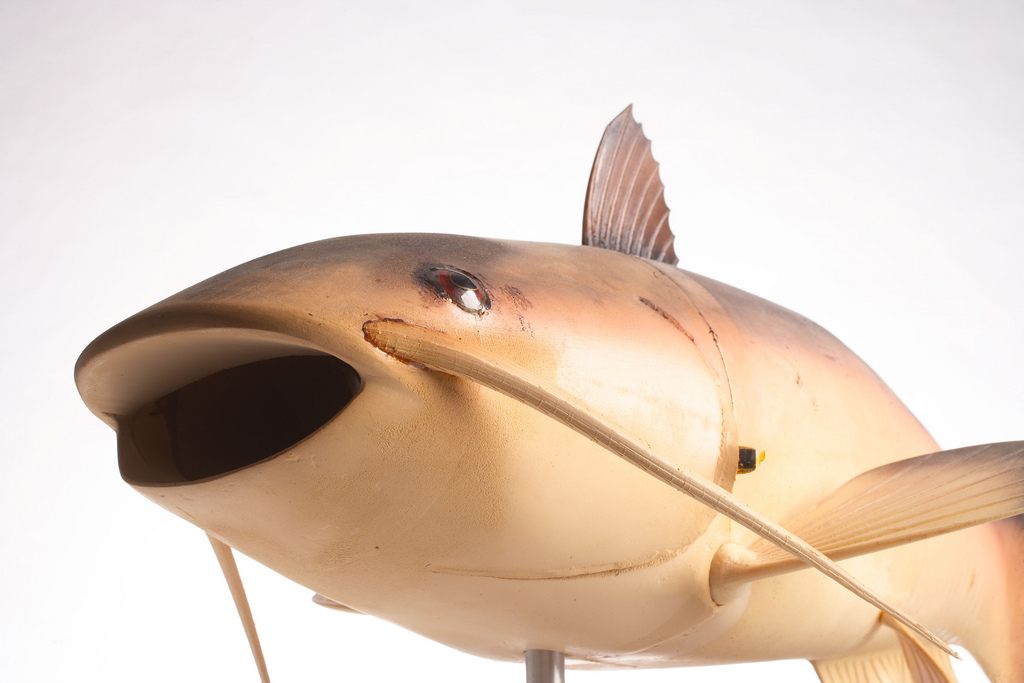Object of Intrigue: The CIA’s Dragonfly Drone

Oh, hey. I’m just an ordinary dragonfly, buzzing away. Yep. Definitely not a robot spy.
(Photo: CIA/Public domain)
One of the more striking items at the CIA Museum in McLean, Virginia is the insectothopter, a robotic dragonfly built to carry a miniature listening device.
Developed by the agency’s Office of Research and Development in the 1970s, the 3.5-inch-long dragonspy was, according to the CIA, “intended to prove the concept of such miniaturized platforms for intelligence collection.” A tiny, gas-powered engine crammed into the insectothopter’s thorax moved the wings up and down, giving the tiny drone height and thrust. A laser beam, according to the CIA’s insectothopter video, “provided guidance and acted as the data link for the audio sensor payload.” That’s right: the CIA developed a dragonfly with a frickin’ laser beam attached to its head.
During flight tests, the insectothopter prototype, built by a watchmaker, had a range of about 650 feet, a flight time of 60 seconds, and weighed just a gram. But there was a major problem: crosswinds caused the dragonfly drone to veer off target. This made the insectothopter an adorable but unreliable unmanned aerial vehicle. The project was scrapped.

The dragonfly drone was not the only robotic spy animal developed by the CIA. Twenty years after the insectohopter experiment, the agency’s Office of Advanced Technologies and Programs created Charlie, a robotic fish that had radio communications built into its belly. The unmanned underwater vehicle’s capabilities, according to the CIA, included “speed, endurance, maneuverability, depth control, navigational accuracy,” and, worryingly, “autonomy.”
Charlie and the dragonspy are both on display at the CIA Museum. Due to security concerns it is not open to the public, but you can view items from the collection at the CIA’s Flickr account.

Your suspicions are unfounded. Everything is normal. Please, continue discussing confidential topics.
(Photo: CIA/Public domain)

Hi, I’m Charlie! Take a swim with me! Also, heard any good national secrets lately?
(Photo: CIA/Public domain)




Follow us on Twitter to get the latest on the world's hidden wonders.
Like us on Facebook to get the latest on the world's hidden wonders.
Follow us on Twitter Like us on Facebook